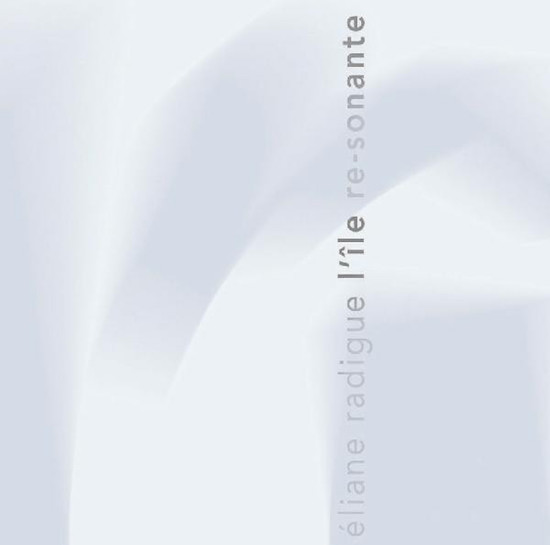8. Eliane RadigueL’île Re-Sonante

I would say Éliane Radigue and Alvin Curran were two of the most important people in my trajectory for figuring out my voice within electronic music. I came across Éliane Radigue when I was at Mills. She has she taught there, or did some workshops or something like that there, for a while, so hers was a name that came up quite a lot in my classes. As an artist, I was really drawn to the similarities between the way she worked with electronic instruments and specifically, I liked the idea she took of working with very limited means. She worked with a single synthesiser, not just in a recording but across her career. She spent her electronic music career just getting to know this one particular instrument. I was also really drawn to the realtime way that she performed and recorded, using multi-tracks and loops and things like that. There’s something about that process, that way of making music that brings you into a more intimate relationship with the sound.
I don’t know why but this one I’ve just been drawn to more than any others, and I like all of her acoustic music as well. But the electronic stuff, I don’t think there’s anything else that really feels like that, or has that real slowness and delicacy in the way that it grows. There’s this really interesting mix of more acoustic sounds and electronic sounds across the recording, and a lot of people like to separate them, but I just think of electronics as being another type of instrument. I don’t see them as being this completely separate, antithetical thing to acoustic music-making.
This is essentially a drone record. Can you pinpoint when you started getting into really studying that area of composition?
In my late teens, I was getting into a lot of kosmische music which I think has a similar sensibility of time and repetition. In terms of minimalist music though, it was probably around the same time I discovered Éliane Radigue’s music when I was at Mills. I started getting interested in the lesser known stuff of Terry Riley, like Persian Surgery Dervishes and Shri Camel, stuff like that, which just had this really different quality from a lot of the more famous works. I got really into La Monte Young as well when I started at Mills. For me, it was just very influential to hear that kind of music and see that there was a way that it could be structured into a more deliberate listening experience, as opposed to it being a case of simply holding down this interval, listening to it for half an hour or whatever. Just being able to see how that could be constructed into something more meaningful was really important to me.


